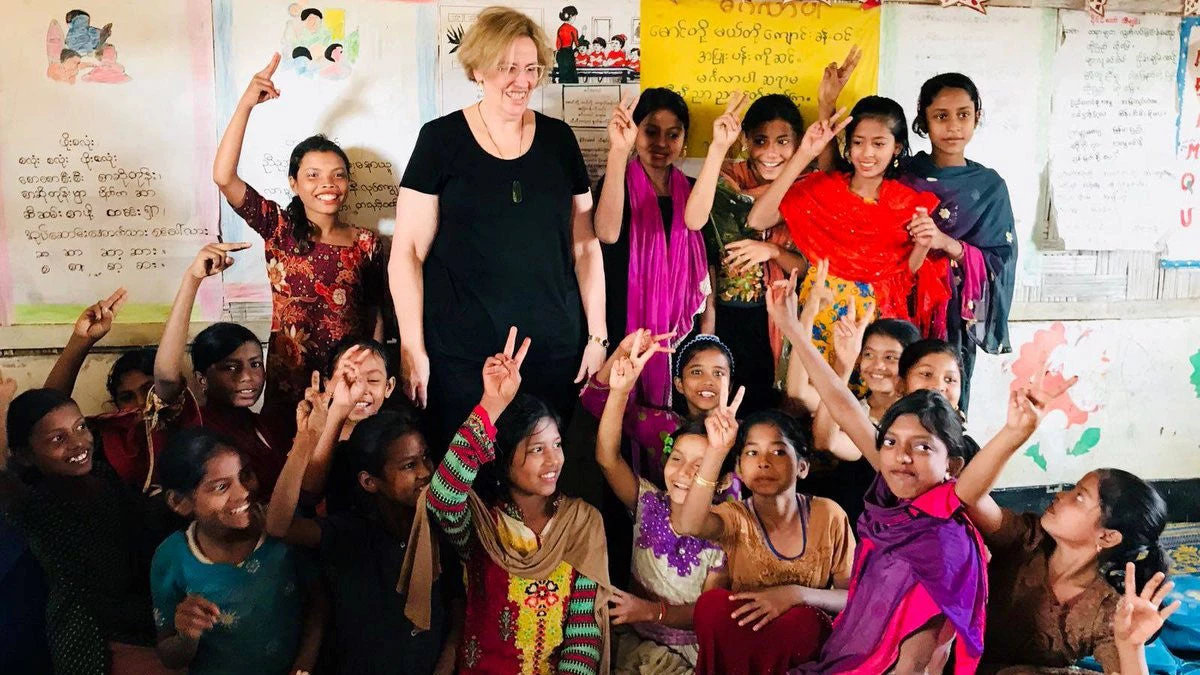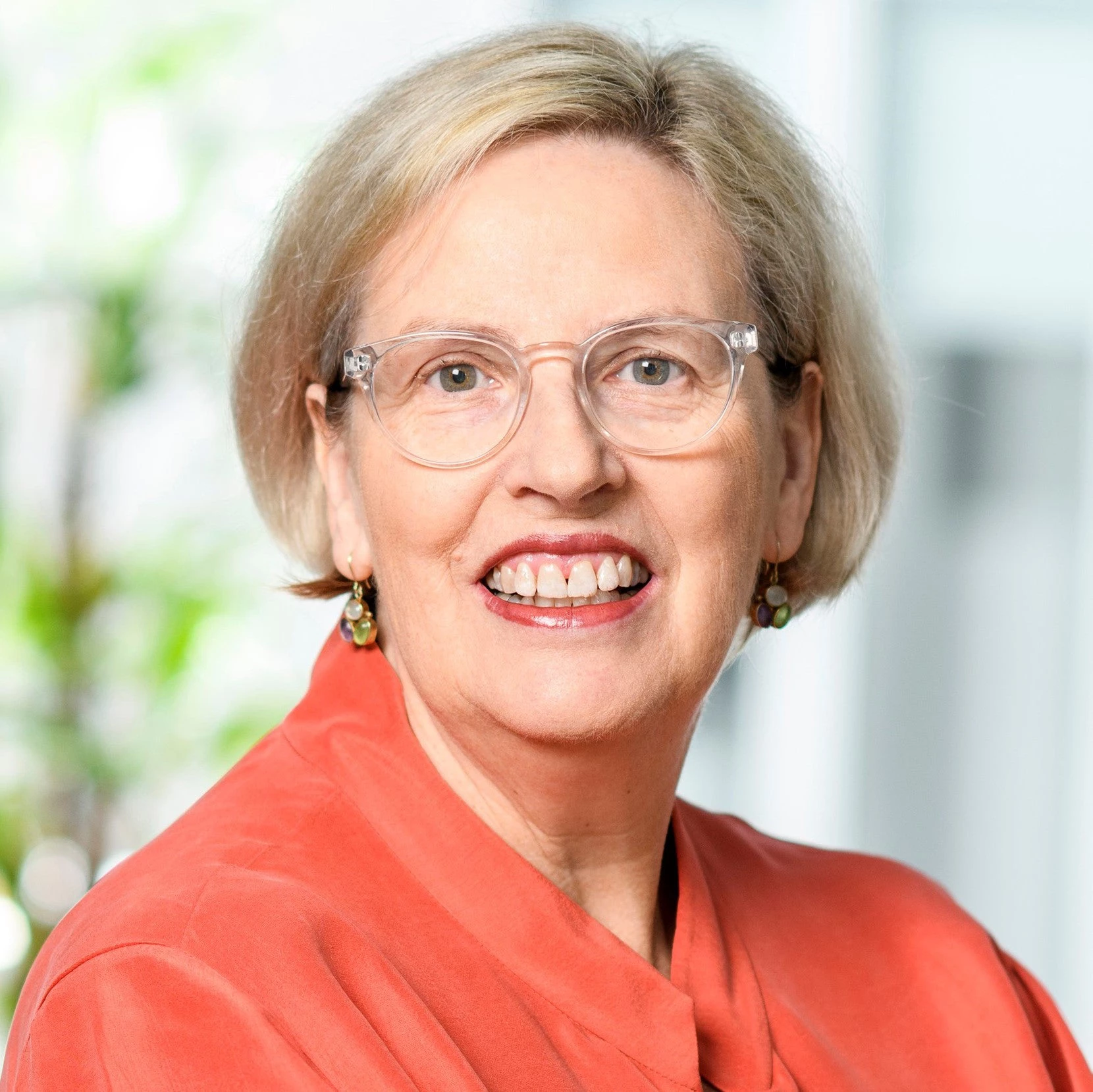
Last week, we launched the Women, Business, and the Law report, which found that despite the considerable progress that many countries have made in improving women’s legal rights over the last decade, women are still only accorded 75 percent of the legal rights that men, on average, are given. As a result, they are less able to get jobs, start businesses and make economic decisions, with economic consequences that reverberate beyond their families and communities.
This is a particularly timely piece of research because as we mark International Women's Day, it’s another reminder of the work we have ahead of us: women without legal protections to go to school or work outside the home are stripped of their voice and agency—and unable to invest in human capital for themselves or their families. With the Human Capital Project in full swing and work underway with more than 50 countries on improving people-based investments, putting gender equality at the top of the agenda will be critical to crafting better policy.
Gender equality requires not just more equitable laws and regulations, but also safe and inclusive education and health services, facilities, and social norms —so that women can be empowered to make the necessary choices for themselves and their families. That sort of access and empowerment is deeply personal: I grew up in New Zealand in the 1960s, just as women were beginning to seek employment outside the home. At the time, my parents encouraged me to work in fields considered suitable for women, rather than to continue my education, and while they would have never expected that I would one day have the privilege to work in positions of leadership at various ministries of the New Zealand government and become a Vice President at the World Bank—I had the tools to be empowered along the way. And my journey became possible because in addition to agency and voice, I was given safe and inclusive access to health, education, and the job market—all of which were critical to my success. In too many countries, though, safe and inclusive access to these opportunities are out of reach: Education, for example, may be available, but access is often unsafe or not inclusive because roads to secondary school are dangerous for young girls. Women may also have difficulty accessing safe and inclusive health services, such as in South Sudan, one of the most dangerous places for women to give birth, where 86 percent of deliveries occur at home and nearly 10 percent of children do not survive to age 5.
The barriers are considerable: too many girls, for example, marry or have children before the age of 18, when they are physically and emotionally unready to become wives and mothers. Ensuring that girls stay in school is one of the best ways to ensure this is delayed. Young women who marry and have children and who want to continue their education are too often prevented from returning to school. Women and girls also face higher risks of gender-based violence in their homes, at work, and in public spaces. The prevalence of violence against women and girls in some countries is so high that it discourages families from sending their girls to school and women from working. Also, poverty can lead children to not attend or drop out of school, a factor that social assistance can help address. These factors also affect their children, as children of young and uneducated mothers are often more likely to be malnourished, do poorly in school, and die before the age of five.
Indeed, when it comes to human capital wealth, women are being left behind. Recent research finds that women account for only 38 percent of human capital—with even lower rates in some low-income countries that amount to an estimated loss of more than $20,000 per person globally. Also, despite the fact that women are increasingly able to attend school, this improved access has yet to translate into more women joining the work force. The responsibility for unpaid care for children and the elderly still disproportionately falls on women, and the result is detrimental for economies across the income spectrum. Gender-based occupational segregation, in which women are concentrated in low-paid or low-profit sectors, is a significant source of the gender wage gap worldwide and new evidence is showing that focused training improved women’s self-confidence and their ability to find employment in Information Technology, a male-dominated and higher-paying sector. The recent World Bank Group report Women Business and the Law shows that laws preventing sex-based discrimination are associated with significantly higher employment and earnings among women.
As we move forward, countries must keep their eye on the ball continuing to improve health, education, and resilience through greater and smart investment so that more children survive and grow healthily to attend school and empowering families to keep girls and boys in school longer to improve their learning potential, by equipping them with skills for jobs of the future. Countries should also invest in improving the conditions for job creation through policies to encourage private investment. By doing that, they can realize the demographic dividend that comes with the growing population share of young adults. This means supporting them to get better jobs where they can realize their earnings potential.
Without a healthy, educated and resilient population where women and men have equal opportunities countries will not be able to compete effectively in the global economy of the future. On this International Women’s Day, let’s join forces to accelerate progress by providing girls and women the same access to services and opportunities as men so that everyone can contribute to and benefit from growth and prosperity.


Join the Conversation